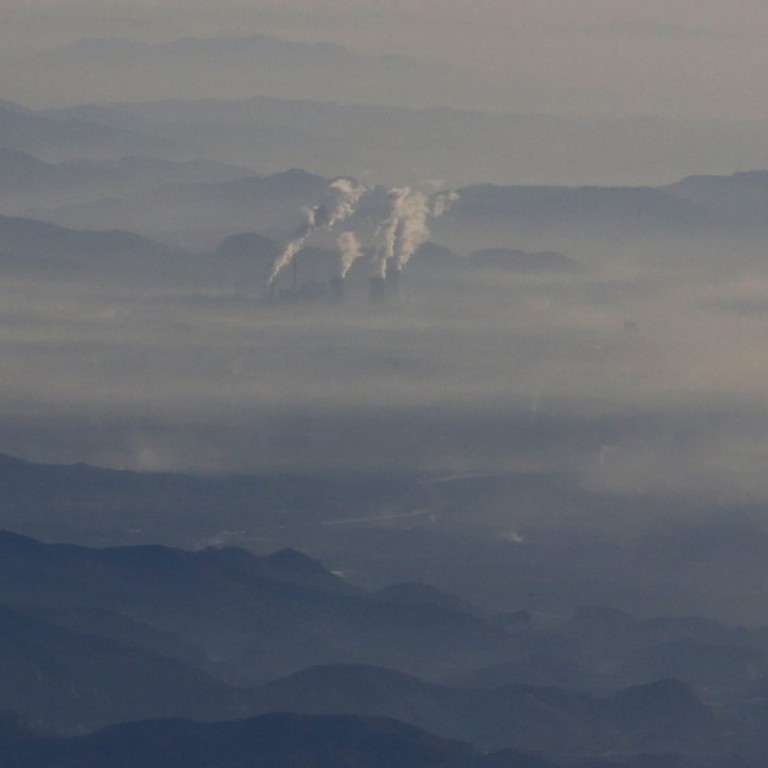
Beijing denies smog is linked to nuclear radiation- as it prepares for new wave of pollution
A new batch of smog will hit the Beijing-Hebei (河北)-Tianjin (天津) area from Tuesday, the environment ministry predicted yesterday – as it dismissed online rumours linking the pollution to nuclear radiation.
Frequent winds from the north brought blue skies back to Beijing throughout last week, in a welcome change from the heavy pollution that had dogged much of December.
But the smog is expected to return and cover the middle and southern parts of the Beijing-Tianjin-Hebei cluster as well as parts of Shandong (山東), Shanxi (山西) and Henan (河南) provinces, according to a nationwide smog forecasting platform launched by the ministry on January 1.
READ MORE - China sends inspectors - including graft-busters - to pollution hub of Hebei province
It predicted cold fronts would hit the region on Thursday and clear the smog away.
Luo Yi, who oversees environmental monitoring by the ministry, said it had successfully forecast the air quality ahead of major political and social events, such as an APEC meeting in November and a military parade in September.
The persistent recent smog has revived a theory that first went viral online in 2013, when a self-described physician claimed it was the result of burning coal that contained high levels of radioactive substances including uranium.
READ MORE - Oops! Not so fast: Beijing wakes up to ... smog yet again, despite officials cancelling latest red alert
The author claimed that burning coal rich in uranium produced PM2.5 pollutants that were radioactive. PM2.5 refers to tiny particles that can be inhaled deep into the lungs and are particularly damaging to health.
The article called for the government to stop mining high-uranium coal in Inner Mongolia (內蒙古).
Though experts rejected such claims when the article first emerged, it has resurfaced and has been gaining attention on social media in recent months.
The ministry said on Friday there was no link between nuclear radiation and smog, that the country’s atmospheric radiation was stable, and that no uranium-rich particles had been detected.
Research commissioned by the ministry had found levels of Uranium-238 in coal and waste rock samples in Inner Mongolia were the same as the national average.
Readings at 167 atmospheric radiation monitoring stations across the country remained stable, the ministry said, and no uranium-rich particles had been detected.

